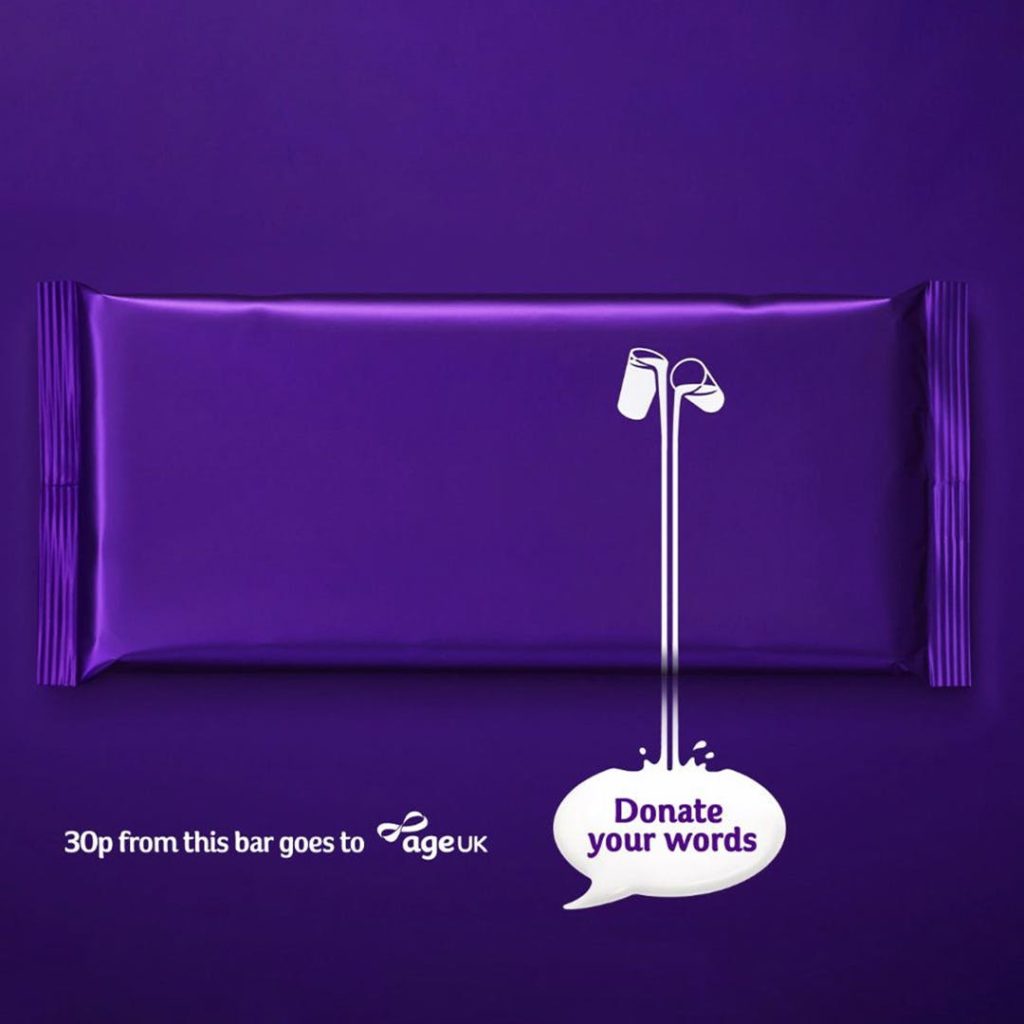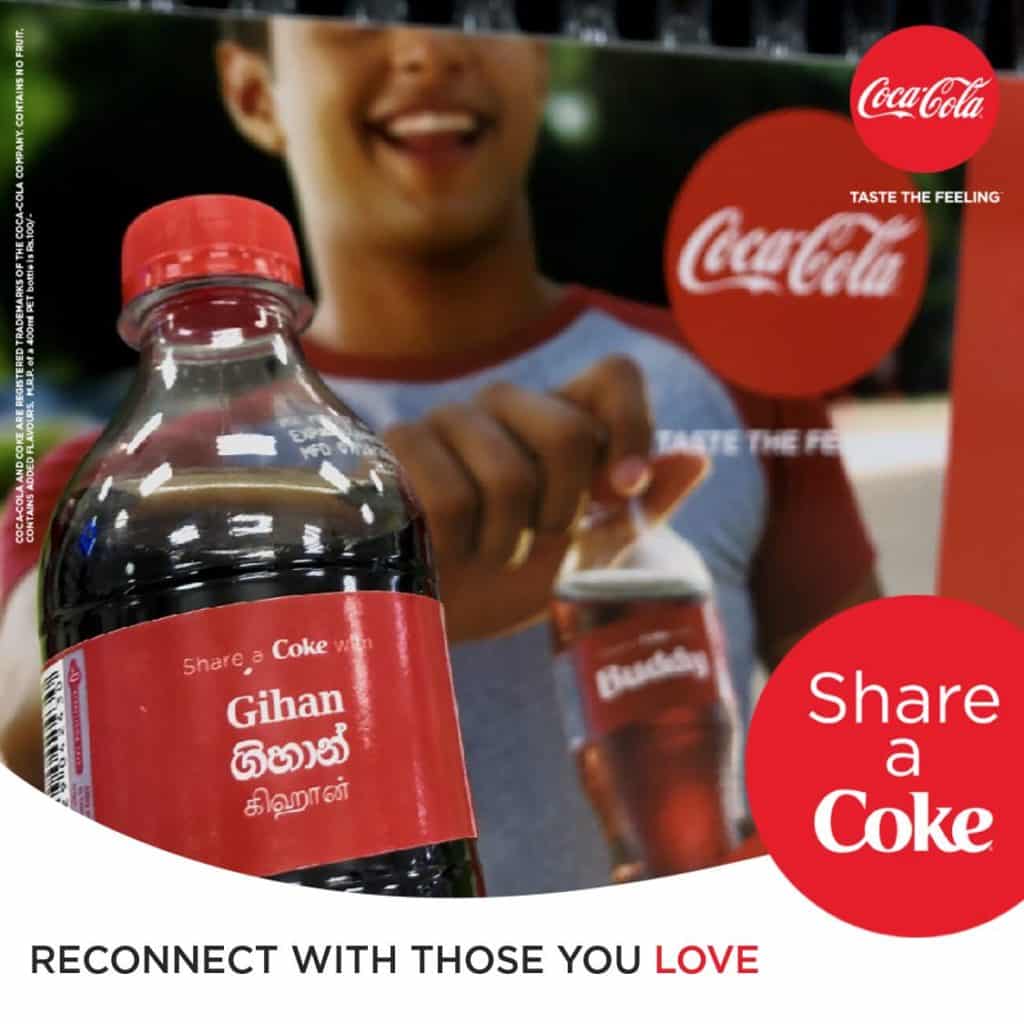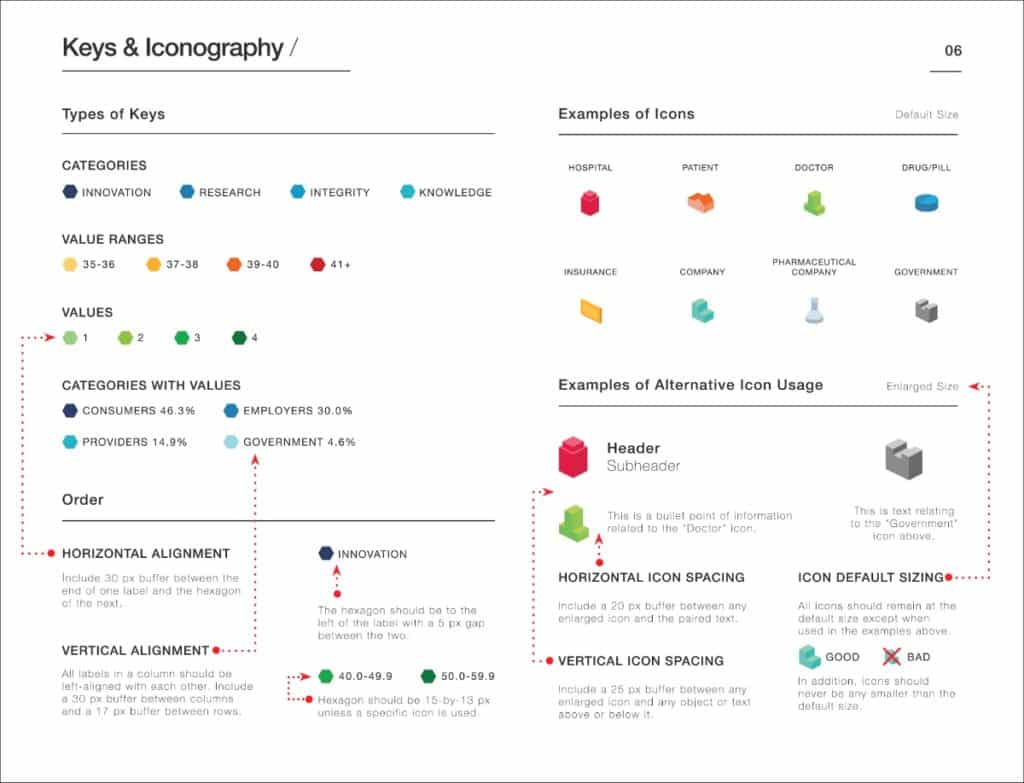This article has been contributed by Mark Quadros.
What comes to mind when you think about the marketing used by Coca-Cola, Cadbury, and Apple? If you answered “strong brand identity,” you’d be right!

While brand identity often takes a backseat in business planning, it’s a pivotal component to digital marketing success – one designers, marketers, and entrepreneurs can’t afford to overlook in a fast-paced digital world.
As we’ve seen from the success of household names, an investment in brand identity is an investment with a return.
Businesses with consistent branding enjoy increased revenue of 33%. Despite this, less than 10% of brands maintain “high level” branding.
That tells us one thing: if you’re looking to set your brand apart from competitors, a brand identity is your answer.
This comprehensive guide will teach you everything you need to know about how to create a brand identity that customers won’t forget.
What is a Brand Identity?
The phrase “brand identity” once described many aspects of a business’s visual presentation, from logos to advertisements. But in the digital age, brand identity is more than that.
Today, your brand identity is the personality that defines your brand in your customer’s eyes. It includes your visual design, unique selling point, brand values, value propositions, and how your brand interacts with customers.
From the customers’ perspective, your brand identity is felt in every interaction – from reading your website’s landing page to speaking with a customer service representative on Facebook. As Seth Godin described it:
“A brand is the set of expectations, memories, stories, and relationships that, taken together, account for a consumer’s decision to choose one product or service over another.”
Naturally, there are many advantages to creating a strong brand identity.
Why Do You Need a Brand Identity?
Very few things are strictly “necessary” for digital marketing success. A memorable brand identity is one of those things.
According to a 2021 report on branding, 75% of brand companies consider brand awareness a top priority, as:
- 59% of customers prefer to purchase from familiar brands.
- 77% of customers describe products using their brand name (i.e., “a can of coke” rather than “a can of pop”).
- 33% of customers go shopping to seek out a familiar brand.
That’s not all, however. No matter what industry you operate in, there are three key advantages to building a great brand identity.
It Gives Your Business an External Face
When a new customer interacts with your brand for the first time, they develop an impression in seven seconds or less. This makes your brand identity the external “face” of your business: giving it the power to intrigue new customers.
Building a strong brand identity will make your brand so recognizable customers can identify your brand with only key parts of your branding.
If you want to see this in action, check out the ad below. The ad is brand-name-free, but I bet you know exactly what it’s for.
Image source: how.studio
Builds Credibility and Trust
Building a strong brand identity doesn’t just make your brand recognizable; it builds trust with your customers. Like human-to-human relationships, customer-to-brand relationships take time to build with positive interactions.
Those positive interactions show customers that your brand has credibility, reliability, and empathy (often referred to as “intimacy”). Together, these elements make up three of the four ingredients of the trust equation.
Image source: Trusted Advisor Associates
No matter what industry you operate in, trust is incredibly important for customers. Build a brand identity, leverage the trust equation, and win customers for life.
Increases Connection with Customers
Guess what? Your company’s values matter to customers. While your brand’s values may drive your marketing behind the scenes, it’s at the forefront of your customer’s minds as they shop.
According to a recent study conducted on over 1,000 millennial-age customers, 83% of consumers prefer to purchase from brands that align with their values.
The values included in your brand identity set you apart as a unique brand. This gives customers an emotional and tangible reason to engage with your brand over a competitor: driving your sales.
How To Create a Brand Identity That Stands Out
The most effective brand identities feel authentic and natural for the brand they represent. As natural, for example, as Apple’s apple logo or Twitter’s iconic blue color scheme.
However, finding a brand identity that feels authentic can be tricky – even for professionals who make branding their life’s work.
This section will give you step-by-step instructions to create a strong brand identity.
Step 1. Do Your Research
As the best marketing decisions always start with research, conducting market research is the first step in building a strong brand identity. In this step, you will need to perform two forms of market research: primary research and secondary research. Here’s how.
Step 1.1 Know Your Personas
First, you need to gather primary data directly from your customers. You can do this through focus groups or interviews if you have time, but it is fastest to collect this data through an online survey.
To create an effective online survey, you need to use targeted messages to reach a demographically even sample of repeat website visitors. This message will then ask chosen customers open-ended questions about your branding. Questions like:
- What do you like about *brand*?
- What sets *brand* apart from other brands?
- Why do you choose *brand* over other brands?
Once you have this information, you’ll be left with a persona of how customers view you.
Step 1.2 Identify Your Competition
Next, you need to gather detailed information about your competitors. To collect this data, start by ranking your five closest competitors. Then, collect the following pieces of information about their branding:
- Their brand values.
- Their brand’s mission.
- Any key marketing campaigns.
- Their product selling points.
- Popular marketing channels (Facebook, Instagram, LinkedIn, etc).
- Key branding elements, including logos, fonts, pictures, graphics, and hashtags.
- Key figures, like their CEO and public spokesperson.
Once you have collected these, map out your competitor’s brand identities on a large sheet of paper. This map will identify gaps in your niche, which you can use to develop a unique selling proposition (USP) that sets you apart from the competition.
Image source: LanderApp
Step 1.3 Build your Value Proposition
For the final stage of Step 1, you’ll need to craft your value proposition. While your USP describes how your brand is different from competitors, your value proposition shows customers why that difference is essential.
Start by writing two lists of potential value propositions: one using the primary data you have gathered from customers and the other using the secondary data you collected about competitors. Ideally, this will help you brainstorm 8 – 10 potential value propositions.
Then, use a process of elimination to reduce your list down to the strongest three value propositions. These will become the key elements of your brand identity.
Step 2. Build Your Initial Brand Identity
The best brand identities are in line with the acronym “DECMS,” as they are
- Distinct
- Easy to apply
- Cohesive
- Memorable, and
- Scalable as your brand grows.
Though each brand identity is unique, designing a brand identity that meets the DECMS criteria requires creating two key elements: your mission and your brand personality.
Here’s how to develop these, respectively.
Step 2.1 Identify Your Mission
First, you will need to identify your brand mission through your business plan. As I mentioned in my guide to the best business plan software and resources, a business plan is an essential document for startups and established brands.
Your business plan drives your growth and informs decisions about the future of the brand. If you haven’t got one, refer to the resources in my guide to create one.
Once you have your brand mission, compare it to your USP and your value propositions, and adapt your mission statement to suit the direction of your new brand identity.
Step 2.2 Identify the Brand’s Personality Traits
Next, you need to identify your brand’s personality traits. Personality traits are the components that make your brand seem “human” to customers, making them essential for forming long-term customer-brand connections.
During Step 2.2, you need to brainstorm potential personality elements and refine your options in line with your brand mission.
For example, Coca-Cola’s mission is to sell a product that consumers drink for enjoyment, so ‘fun’ is one of their key brand elements. As you can see in the example below, ‘fun’ informs how they design advertisements.
Image source: Coca Cola
To get you inspired, here are ten potential personality traits you could use for your brand:
- Fun
- Cheeky
- Cheerful
- Modest
- Warm
- Active
- Excitement-seeking
- Straightforward
- Compassionate
- Introspective
Ste 2.3 Compile Your Initial Brand Identity
For the final part of ‘Step 2.’, compile your value propositions, unique selling point, brand missions, and brand personality in a central document. This will inform your visual design.
Step 3. Design Your Individual Elements
Previously, we’ve discussed the non-visual aspects of your branding. In ‘Step 3’, you will need to design the visual elements of your branding. These elements will use visual language to convey your branding’s key features, including your values, brand persona, value propositions, and USP.
When it comes to visual design, the best brands use the principles of design to craft visuals that are eye-catching and memorable. The principles of design include contrast, emphasis, pattern, repetition, movement, space, and balance, as depicted in the image below.
Image source: Toptal
When creating the visual elements of your branding, you will need to include the following things.
Logo
A logo is an iconic piece of visual branding representing your brand on product packing, official materials, social media, your website, and any other medium suitable for visual branding.
Logos are the most recognizable element of your brand – making them representative of your brand identity. Consider, for example, this logo in the image below. While I won’t name the brand, I’m sure you (and billions of other people) instantly recognize it.
Image source: Apple
To create a game-changing logo, follow these steps.
- Generate ten possible logos.
- Cull your list to the top five logos.
- List the pros and cons of each logo.
- Combine your logos until you have the three best logos.
- Gather your team and vote on the best logo.
Colors
Colors evoke emotions that customers will associate with your brand, making them the second most recognizable and powerful part of your visual branding.
Ideally, you’ll want your visual branding to include six colors in your visual branding, including:
- One main color.
- Two accent colors.
- Three complimentary colors for backgrounds, text, and any other elements.
Typography
Typography is the design of text. As part of your visual branding, you will need to select a font for titles, subtitles, body text, quotes, and highlighted text. The font you choose must be compatible with every platform you use, including your website, social media accounts, and offline branding.
To find a font that ticks all of these boxes, check out 50 of our free fonts here.
Iconography
Iconography is the symbols, images, and drawings you use in your visual branding. Iconography appears in many places, from your website’s service pages to how-to guides for new customers.
To design your iconography, make a list of all the symbols you will need and draft 3 – 5 possible symbols for each. Then, cull these until you have a cohesive set of symbols.
If you’re looking for inspiration on iconography, check out the guidelines developed by Avalere Health.
Image source: ColumnFiveMedia
Illustrations
Illustrations are a subtle yet genius way to convey your brand identity. Professional marketers use illustrations to give otherwise cold content a friendly and warm touch (like in the fantastic illustration from Basecamp below).
Image source: Basecamp
To design a set of cohesive and striking illustrations, choose a key art style, stick to a set color scheme, and use design software like InDesign to render your images.
Website
Whether you sell online or offline, a website is an essential part of your unique brand identity. A website tells a story about your brand, marketing you to customers, potential new hires, competitors, and the media.
Here’s the fastest (and easiest) way to build a website with WordPress.
- Setup your domain name and find a domain host.
- Install WordPress.
- Select a theme.
- Add content to your site.
- Customize and tweak your website’s design with WordPress settings.
- Launch your website.
Product Packaging
Excellent product packaging does two key things: it entices customers to try your product and conveys your brand’s story.
To design product packaging that is cohesive with your visual brand identity, take your logo, colors, typography, and design three potential packaging options. Then, combine the best elements of each option into a single killer piece of design.
If you’re looking for inspiration, check out the product packaging design used by Frank Body.
Image source: Frank Body
Step 4. Write Your Creative Brief
Once you’ve done your research, initial brainstorming, and visual design, it’s time to get creative with a killer creative brief. A creative brief is a document that lays out every aspect of your brand identity, from your values to your preferred heading fonts.
The creative brief is a working document that you continuously update as your brand identity morphs. The document should always be accessible to everyone in your team going forward, as they can refer back to the brief for any brand-identity-related concerns.
To complete ‘Step 4.’, download this creative brief template, and fill it out with everything covered in this article.
The Do Not’s of Brand Identity
Brand identities are as flexible as your brand itself, meaning there are endless “right ways” to design a strong brand identity. However, there are also some pretty strong “wrong ways.”
This section will share four of these “do not’s” with you, helping you avoid the most common pitfalls of branding.
1. Do Not Send Mixed Messages
Customers love honesty, transparency, and, most of all: clarity. If your branding is sending mixed messages or marketing poorly packaged services, your customers will become overwhelmed. Sure, this could be fine, but it likely won’t be. Confused customers will walk away, likely, to your competitors.
To avoid sending mixed messages, test out your new branding on focus groups before rolling it out in front of customers.
2. Don’t Copy Your Competitors
No one likes a cheat. Your brand identity is supposed to be unique, not pulled from the shelf. As iconic copywriter Joe Sugarman said:
“Every product has a unique personality, and it is your job to find it.”
There you have it, folks.
3. Don’t Lose Consistency in Your Branding
While marketing is a team sport, you’re going to lose the game if you aren’t playing on the same team. It’s easy to get several interpretations of your branding in a large group, which will confuse customers and water down your marketing efforts.
To prevent this from happening to you, take the advice Jacquelin Lieberman gave during a recent podcast:
“You have to have a tight-knit group of brand stewards who are solely responsible for the authentic communication of your brand.”
4. Don’t Forget to Monitor Your Brand
Once you’ve developed a killer brand identity, you’ll need to ensure it’s well-received by your target audience. This requires constant monitoring of your brand to ensure that your brand identity connects with your audience.
The best way to monitor your brand is through tracking marketing KPIs, like your social media engagement rates, customer retention rate, and marketing return-on-investment.
The Secret to a Memorable Brand Identity in 2021
The secret to creating a killer brand identity lies in the acronym “DECMS”: distinct, easy to apply, cohesive, memorable, and scalable (as your brand grows).
As there is no exact science to creating a branding identity, you have complete creative freedom over your branding. But don’t stress. You’ll be golden as long as your brand identity is unique to your brand, meets the DECMS criteria, and works for your customers.
If you follow the steps in this article, they’ll walk you through creating a brand identity. The rest is up to you and your imagination.
_
About the author: Mark Quadros is a SaaS content marketer that helps brands create and distribute rad content. On a similar note, Mark loves content and contributes to several authoritative blogs like HubSpot, CoSchedule, Foundr, etc.









